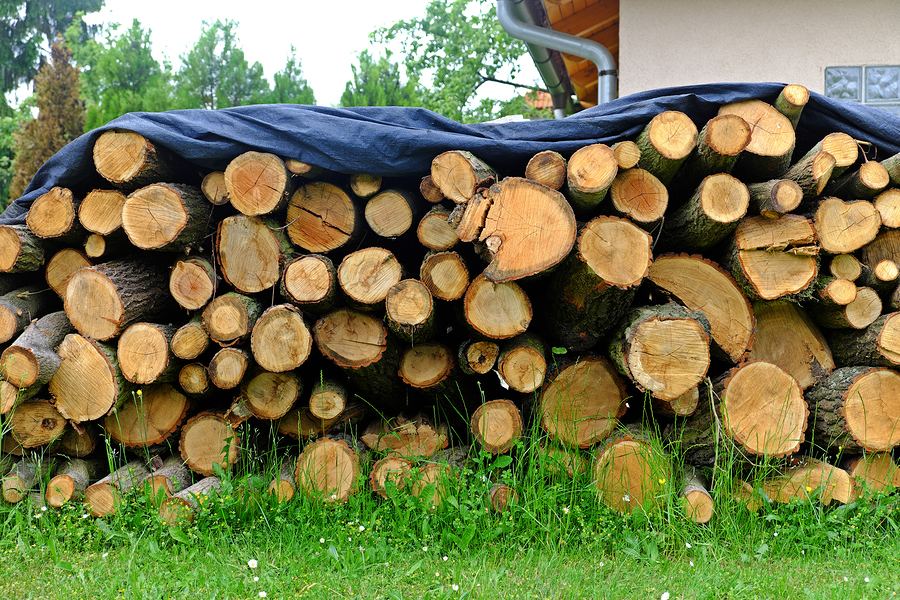Tarps are useful items that can be made out of a number of different materials, including canvas, vinyl, and PVC, among others. You should consider many factors when determining which tarp is right for you, including the intended use, price, and durability. But, these aren’t the only factors that should influence your decision. Many people forget to consider one important factor when choosing a tarp: the time of year. At this time of year, a lot of people are purchasing tarps in order to prepare for the upcoming winter season. Sound familiar? If so, here’s what you need to know:
Which Tarps Can Withstand Winter Weather?
The winter season is known for its low temperatures and high winds, so you will need a tarp that is strong enough to withstand both. Unfortunately, some tarps are not designed to hold up in extremely windy environments. Vinyl and polyester tarps are ideal for windy conditions, however they must be tied down securely in order to withstand high winds. It doesn’t matter how durable the tarp is—it will not stay put if it’s not tied down properly.
It’s typically not a good idea to use mesh or canvas tarps in the winter. Both of these materials are far too lightweight to hold up in windy conditions. Plus, they are lightweight fabrics that will not provide much—if any—wind coverage.
Vinyl and PVC are the best tarps for cold weather conditions. Extremely cold temperatures will not affect these materials. In fact, the most durable vinyl and PVC tarps are designed to withstand temperatures as low as -40 degrees Fahrenheit. Some polyester tarps can withstand cold temperatures, however others become brittle when exposed to extreme cold. If your heart is set on a polyester tarp, it’s important to look for a heavy duty one that is designed for outdoor use.
Winter is certainly not the sunniest season, but some areas get a great deal of sunshine even in the coldest months. In Florida, for example, the weather may drop at night in the winter, but it typically stays sunny throughout the day. If you live in this type of climate, you will also need to find a tarp that is resistant to UV light. Polyester and vinyl tarps are usually not UV resistant on their own, so they are often treated with a special chemical that makes the material strong enough to withstand UV exposure. However, if the material has not been treated with this chemical, it should not be used in sunny outdoor areas. Play it safe by looking for a tarp that is described as either “UV resistant” or “UV treated.” The former describes a material that is naturally resistant to UV light, whereas the latter indicates that the material has been treated in order to withstand UV light exposure.
Another factor to consider is the tarp’s water resistance. Tarps that are used outdoors in the winter need to be heavily resistant to water so they are not damaged when the snow starts to melt. Polyester, vinyl, and PVC tarps are highly resistant to water, in addition to mold and mildew growth. This makes these three materials ideal for outdoor use when water or snow may be present.
How to Use Tarps in the Winter
By now, it should be clear which tarps are strong enough to be used in the winter season. But, how exactly should the tarps be used in the winter? Use tarps to cover your swimming pool and protect it from the strong winter winds. Tarps can also be thrown over items that are being transported in the back of a pick-up truck. As long as the tarp is secured in place, it will keep the items safe until they’ve reached their final destination.
Tarps can also be placed over plants and flowerbeds at night when the temperatures are expected to drop below freezing. Placing a tarp over your prized garden will keep your plants alive until morning when temperatures start to rise again.
Plants aren’t the only things that tarps can protect in the winter. Many people use tarps to cover their boats, bikes, and motorcycles in the winter. These items won’t be needed until the weather starts to warm up, so it’s best to keep them covered with a heavy duty tarp all winter. The tarp will ensure your valuables are not damaged by harsh environmental elements. Plus, the tarps will also serve as a barrier to keep animals, bugs, and dirt out.
If you plan on camping in the winter, make sure you pack a tarp or two in your bag. The tarp can be used to block wind from entering your campsite so you can stay warm and keep the fire burning all night long. The tarp can also be placed on the floor of the tent so you don’t drag dirt and mud inside. If you need to carry firewood back to your campsite, use the tarp to lift more wood than you would be able to carry on your own. Place the tarp on the ground, and then pile the wood in the center of the tarp. Pick the tarp up on one end, and have a buddy pick it up on the other end. Now, you can transport heavy items back to your campsite with ease.
If you’re interested in purchasing a tarp for fall activities, contact Chicago Canvas & Supply for more information. We are your leading source for tarps, textiles, theatre fabrics, ropes, drop cloths, and more. We are more than happy to send free samples to customers so they can test fabrics prior to purchasing them. To place a request for samples, contact us today by calling 1-866-389-2218 or emailing email@chicagocanvas.com.





